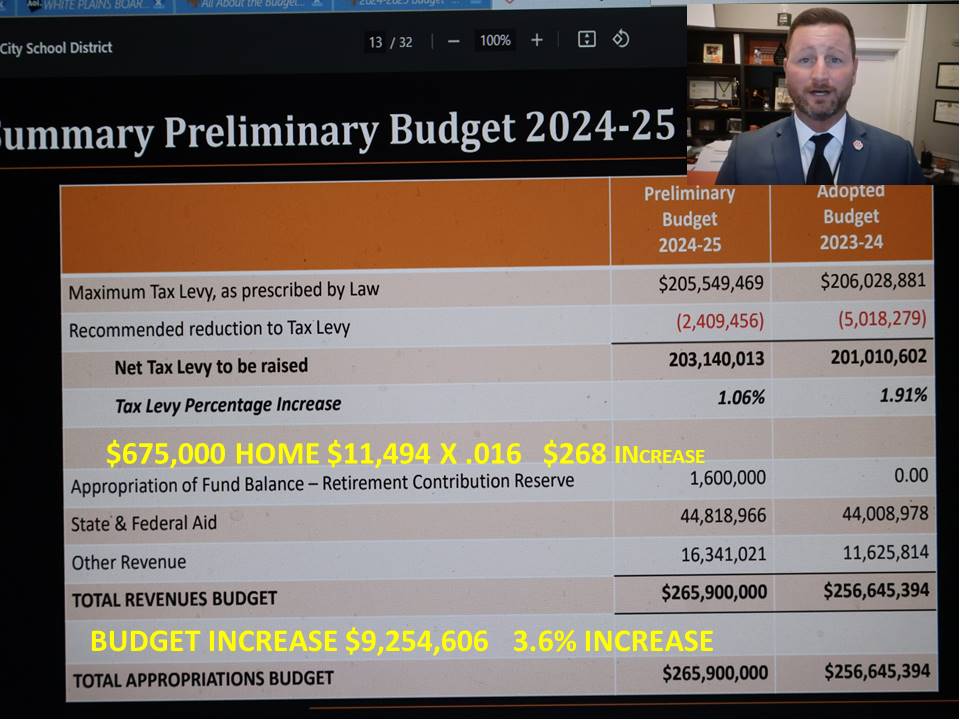Hits: 154
Supports Climate Leadership and Community Protection Act Goal To Reduce Greenhouse Gas Emissions 85 Percent by 2050
Governor Kathy Hochul Wednesday announced that $18.1 million is now available through the Natural Carbon Solutions Innovation Challenge for the development of innovative nature-based solutions that lower emissions and sequester carbon through novel products and services.
The funding will support innovation, help build capacity, inform policy, and refine best practices to enable the scaling of sustainable solutions. Today’s announcement supports the Climate Leadership and Community Protection Act goal to reduce greenhouse gas emissions 85 percent by 2050.
“New York is leading the fight against climate change by spurring innovation and revolutionizing the ways we reduce carbon emissions,” Governor Hochul said. “The $18.1 million available today will help attract companies with cutting-edge technologies, knowledge, and products to lower carbon emmissions and create a more resilient, cleaner future for New Yorkers.”
The New York State Energy Research and Development Authority (NYSERDA) will administer the funding through its Natural Carbon Solutions Challenge. It is is seeking proposals from private companies, research institutions, and other organizations for innovative solutions that produce low-emissions products or sequester carbon in durable materials.
Solutions of interest include methods to increase carbon sequestration, reduce waste methane emissions, and support the needs of New York’s building stock, particularly for building shell retrofits and new construction that are key to achieving New York’s energy conservation goals.
In addition, this solicitation seeks approaches that can benefit underserved communities and environmental justice areas by using novel approaches to optimize land use to increase carbon sequestration, resilience and renewable energy deployment, reducing air and water pollution, providing cost savings for energy services, and stimulating job creation in climate smart industries.
